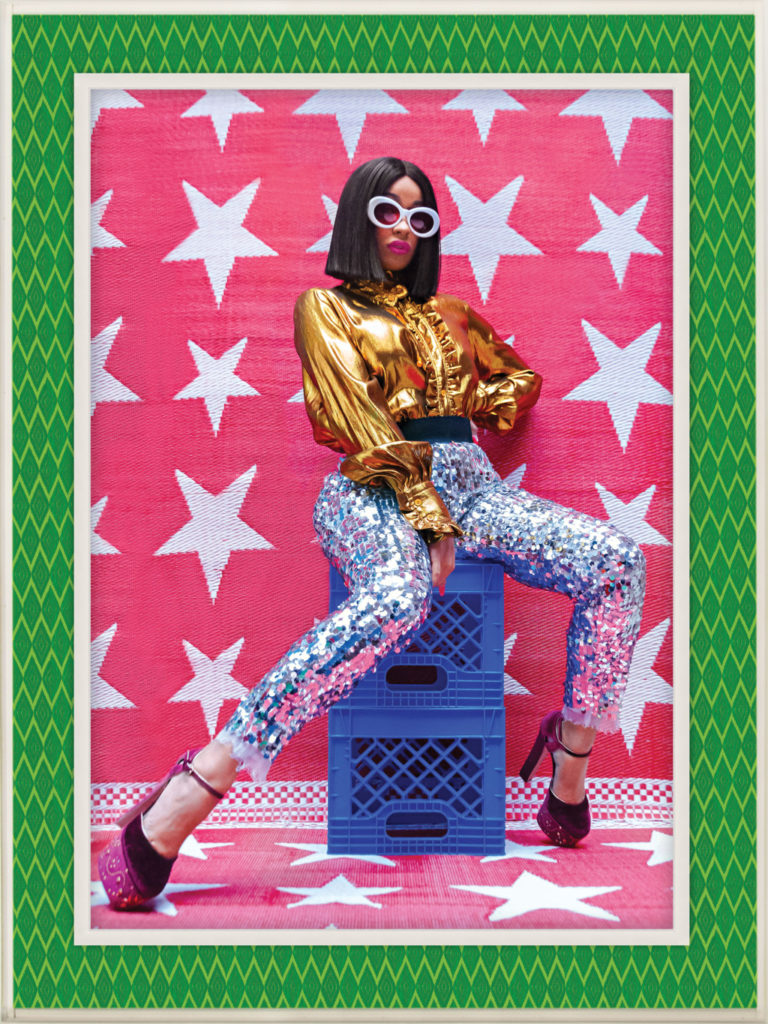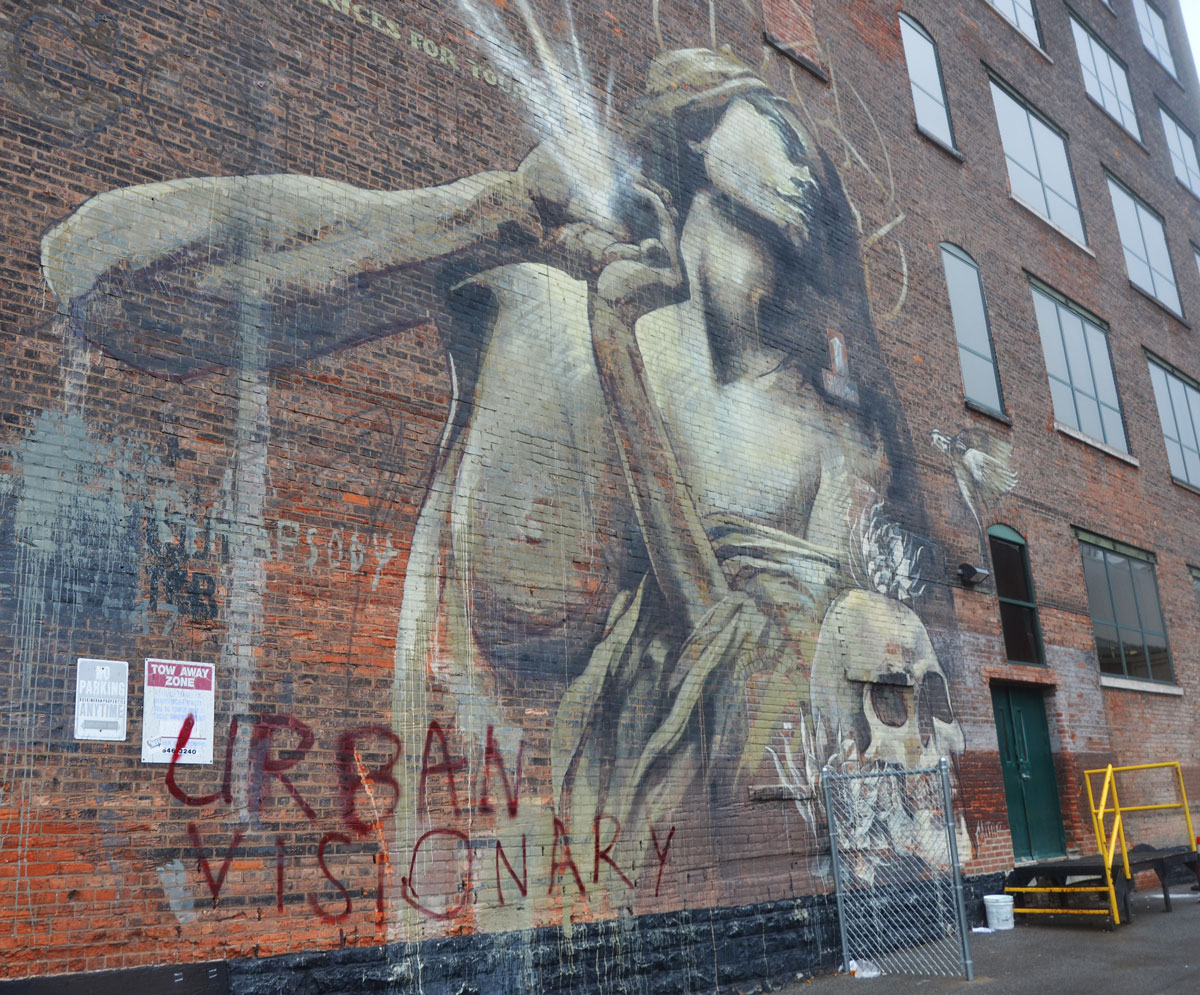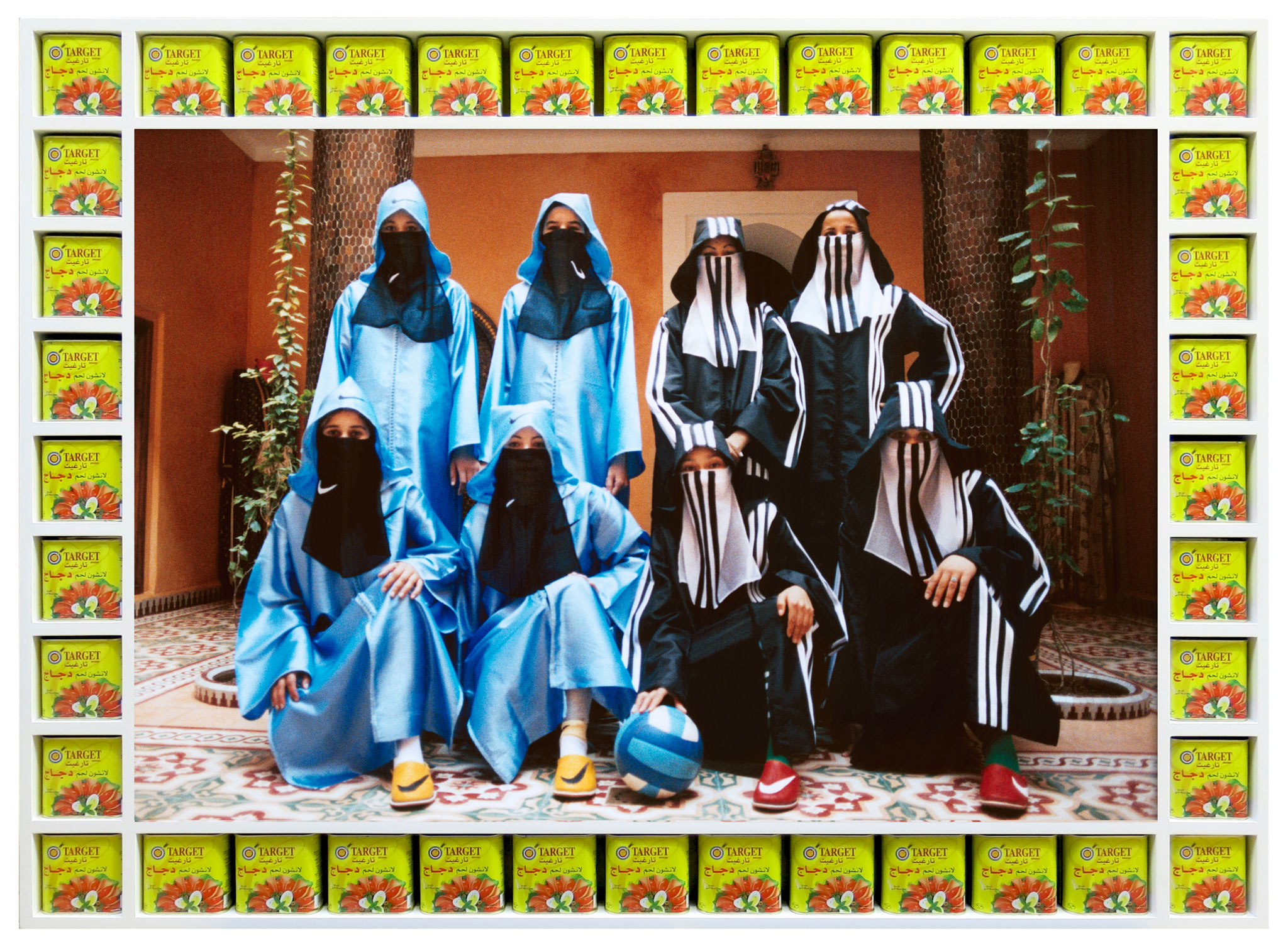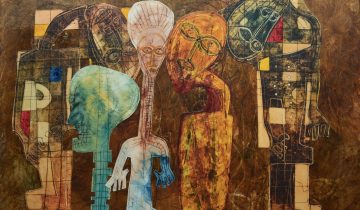The vibrant tapestry of Africa, a continent of unparalleled cultural richness, has long served as an incubator for the artistic expression of its people. With a vast array of artistic traditions, each distinct yet interconnected, Africa’s artists have wielded their creative powers to communicate, to inspire, and to heal. Indeed, the notion of art as a conduit for healing is deeply ingrained in the African consciousness, with artists across the continent exploring and celebrating the power of creativity to foster emotional, psychological, and spiritual well-being. In this journal, we shall delve into the world of African artists who, through their innovative and evocative work, are harnessing the therapeutic potential of art as a path to wellness.
A. Art as a form of emotional and psychological healing
In times of turmoil, the solace offered by artistic expression can prove invaluable. For many African artists, their work serves as a cathartic outlet, a means by which to process and cope with the emotional and psychological challenges that life presents.
a. Chéri Samba’s paintings
Take, for example, the work of Chéri Samba, a Congolese painter renowned for his vivid and thought-provoking pieces. Through his art, Samba reflects on his personal experiences and emotions, tackling themes such as love, loss, and hope. His paintings, rich in color and symbolism, offer a window into the human condition, allowing viewers to connect with the artist’s emotional journey and, in turn, reflect on their own.
b. Ghada Amer’s embroidery
Similarly, Egyptian-born artist Ghada Amer explores themes of love, loss, and desire through her intricate and captivating embroidery. By intertwining threads of various colors and textures, Amer weaves together narratives that lay bare the complexities of human relationships and the emotional turmoil that often accompanies them. Her work serves as a powerful testament to the transformative power of art, offering both the artist and her audience a means of processing and healing from emotional pain.
c. Samuel Fosso’s self-portraits
Cameroonian artist Samuel Fosso, known for his striking self-portraits, uses his work as a vehicle for self-discovery and introspection. By assuming different personas and identities in his images, Fosso navigates the intricacies of his own psyche, using the creative process as a means of understanding and healing. His work is a poignant reminder of the potential for art to serve as a conduit for emotional and psychological growth.
B. Art and its connection to spiritual healing and well-being
The connection between art and spirituality is deeply rooted in African culture, with traditional artistic practices often serving as a means of expressing and celebrating the sacred. Contemporary African artists, too, are exploring this connection, incorporating spiritual elements into their work as a means of promoting healing and well-being.
a. El Anatsui’s sculptures and installations
Ghanaian artist El Anatsui is renowned for his awe-inspiring sculptures and installations, which often incorporate found materials such as bottle caps and aluminum cans. By transforming these seemingly mundane objects into intricate, shimmering tapestries, Anatsui imbues his work with a sense of transformation and interconnectedness. His art serves as a metaphor for the spiritual journey of healing, growth, and rebirth, inviting viewers to reflect on their own relationship with the divine.
b. Peju Alatise’s multidisciplinary work
Nigerian artist Peju Alatise, too, explores the realm of spirituality through her multidisciplinary work, which spans sculpture, painting, and installation. Drawing on Yoruba mythology and spirituality, Alatise delves into themes of self-discovery, transformation, and healing, offering her audience a unique perspective on the spiritual dimensions of human existence. Her work serves as a bridge between the tangible and intangible, the physical and the metaphysical, inviting viewers to embark on a journey of self-reflection and spiritual growth.
c. Hassan Hajjaj’s photography
Moroccan-born photographer Hassan Hajjaj blends spiritual and cultural elements in his vibrant, visually arresting images. By incorporating symbols and motifs from Islamic art and North African textiles, Hajjaj creates a visual language that speaks to the spiritual essence of his subjects. His work is a celebration of the human spirit and the power of art to connect us with our own inner divinity.

C. The impact of art on community healing and wellness
The potential of art to foster healing extends beyond the individual, reaching into the very fabric of communities and societies. African artists have long recognized the power of art to promote social cohesion and understanding, using their creative talents to address social issues and foster healing on a collective level.
a. The mural projects of Faith47
South African street artist Faith47 is well known for her large-scale mural projects, which often address themes of social justice and unity. Through her work, she seeks to bring attention to pressing societal issues while also promoting a sense of togetherness and shared humanity. Her murals serve as a visual reminder of the potential for art to heal not only the individual but also the community as a whole.

b. Serge Attukwei Clottey’s art initiatives
Ghanaian artist Serge Attukwei Clottey is deeply committed to using his art as a means of promoting environmental and community well-being. Through his innovative art initiatives, which often involve repurposing discarded plastic waste into striking sculptures and installations, Clottey encourages both local and global audiences to reconsider their relationship with the environment and the importance of sustainable practices. His work serves as a testament to the power of art to inspire positive change on a community level.
c. The Ubuntu Art Gallery’s community-based art workshops and programs
In Egypt, the Ubuntu Art Gallery has made it their mission to bring the healing power of art to local communities. Through a series of workshops and programs, the gallery encourages individuals of all ages and backgrounds to explore their creativity and connect with one another through artistic expression. By providing a supportive and nurturing environment for creative exploration, the Ubuntu Art Gallery fosters a sense of community well-being and promotes the idea that art can serve as a catalyst for healing and growth.
In conclusion, the work of African artists reveals the immense potential of art as a path to wellness and healing. Through their diverse and innovative practices, these artists demonstrate the power of creativity to foster emotional, psychological, and spiritual well-being, both on an individual and collective level.
As we look to the future, it is clear that the role of art in promoting healing and well-being will only continue to grow in importance. In a world often marked by division and strife, the transformative power of art offers a beacon of hope and a reminder of our shared humanity.
Ultimately, the work of African artists serves as a testament to the resilience, adaptability, and ingenuity of the human spirit. Through their unwavering commitment to exploring and celebrating the healing potential of art, they offer a shining example of what can be achieved when creativity and compassion unite in the service of wellness and the greater good.





 No products in the basket.
No products in the basket.